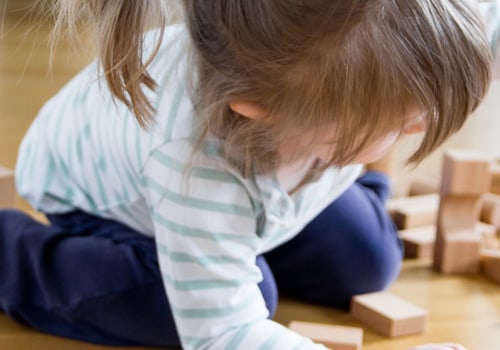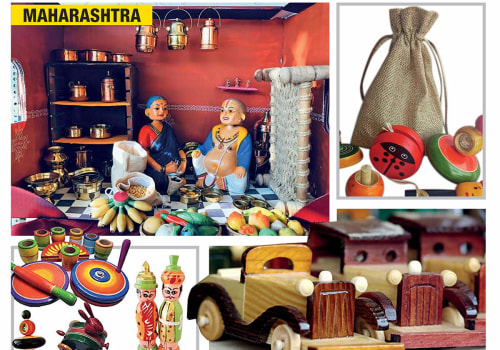As an expert in the field of wooden toy making, I have seen firsthand the joy and wonder that these simple yet beautiful toys bring to children and adults alike. The process of creating wooden toys involves cutting raw wood into smaller pieces and shaping them into various forms, known as “blanks”. These colorless forms are then transformed into vibrant and imaginative toys that not only provide hours of entertainment, but also serve as decorative pieces for homes and offices. The manufacture of wooden toys is not only a fulfilling craft, but also a lucrative home business opportunity that can be started with minimal investment and has the potential to generate significant profits. The marketing of these toys can be done through various channels such as wholesale sales to merchants, online platforms, mail order catalogs, handicraft exhibitions, shopping mall kiosks, and even home shopping parties. Traditionally, popular wooden toys include trains, puzzles, cars, numbered building blocks, and wooden soldiers.
However, the possibilities are endless and limited only by one's imagination. From simple designs to more elaborate creations like dollhouses and furniture for little girls or train sets for toddlers, there is no limit to the types of wooden toys that can be designed and manufactured. If you are interested in starting your own wooden toy business, I recommend visiting your local building and home improvement centers to see if they allow you to set up a small manufacturing facility in their store. This can serve as a great marketing tool as customers can witness the process of toy making firsthand. In fact, the art of making wooden toys is a traditional craft that is making a comeback.
In the past, it was common for parents in Europe and America to create wooden toys for their children. Today, there are strict safety standards in place for wooden toys to ensure that they are free from any harmful substances. For instance, the toy standard EN 71-3 prohibits the use of carcinogenic substances in the production of wooden toys. This ensures that these toys are safe for children to play with. If you are looking for inspiration or guidance in creating your own wooden toys, websites like Wooden Toy Plans offer a wide selection of full-size traceable patterns for various types of toys including airplanes, cars, trucks, and more. They also provide design and construction plans for those who want to create their own unique toys as their skills improve. When it comes to choosing the right type of wood for wooden toys, hardwood is generally preferred as it produces higher-quality toys.
However, this does not mean that softwood toys are of low quality. In fact, softwood can also be used to create beautiful and durable wooden toys. Some common types of wood used for wooden toys include maple, oak, cherry, and pine. In today's world where being environmentally conscious is important, using recycled wood to make wooden toys is a great idea. This not only reduces waste but also adds a unique touch to your creations.
It is also important to pay attention to the finishes used on wooden toys. Certain finishes may contain substances that are prohibited by the toy standard in order to enhance the properties of the product. Therefore, it is crucial to choose finishes that are safe for children. The popularity of wooden toys is on the rise once again, and the demand for these timeless and classic toys continues to grow. Whether you are looking to start a home business or simply want to create beautiful toys for your own children, the art of making wooden toys is a fulfilling and rewarding craft that is sure to bring joy to many.



